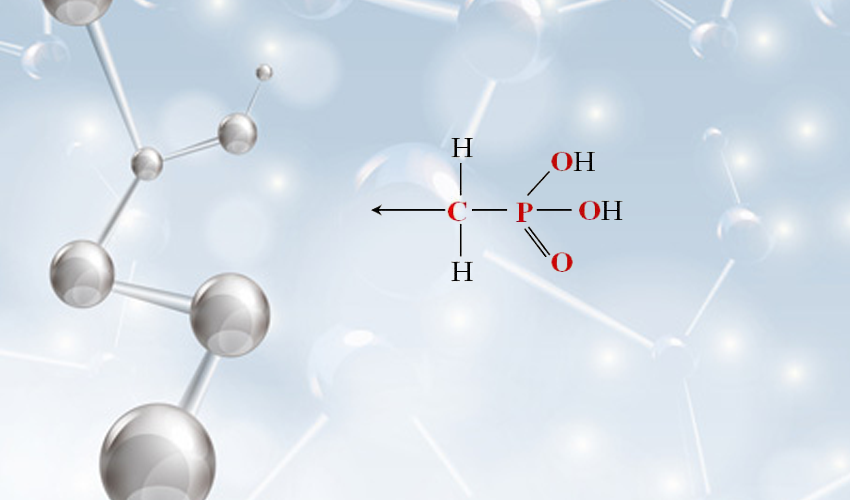cross linked polyacrylamide
Cross-Linked Polyacrylamide Structure, Properties, and Applications
Cross-linked polyacrylamide (CLPA) is a synthetic polymer that has garnered significant attention in various fields due to its unique physical and chemical properties. The cross-linking of polyacrylamide (PAM), a polymer made from acrylamide monomers, enhances its stability and functionality, leading to a wide range of applications across industries such as agriculture, environmental management, and biomedical fields.
Structure of Cross-Linked Polyacrylamide
The structure of cross-linked polyacrylamide involves polymer chains of polyacrylamide that are interconnected through covalent bonds or physical interactions. This cross-linking creates a three-dimensional network that can trap water molecules and other solutes, resulting in a gel-like consistency. The degree of cross-linking can be controlled during the polymerization process, affecting the physical properties of the gel, such as its mechanical strength, swelling behavior, and permeability. Common cross-linking agents include N,N'-methylenebisacrylamide (MBA), which is frequently used due to its effectiveness and compatibility with acrylamide.
Properties of Cross-Linked Polyacrylamide
Cross-linked polyacrylamide exhibits several notable properties
1. High Absorbency CLPA's capacity to absorb water makes it particularly useful in applications where moisture retention is crucial, such as in agriculture as a soil conditioner.
2. Mechanical Strength The rigidity of the cross-linked network provides excellent mechanical strength, allowing it to withstand deformation and stress, which is important in biomedical applications.
4. Biocompatibility In biomedical applications, the biocompatibility of CLPA is essential as it can be used for drug delivery systems, wound healing, and tissue engineering.
cross linked polyacrylamide

5. Controlled Swelling The swelling behavior of CLPA can be tailored by adjusting the degree of cross-linking and the composition of the polymer, allowing for controlled release of encapsulated substances.
Applications of Cross-Linked Polyacrylamide
The versatility of cross-linked polyacrylamide translates into various applications across different sectors
1. Agriculture In agriculture, CLPA is employed as a superabsorbent hydrogel that can retain large volumes of water. This property enables farmers to improve soil moisture retention, thereby enhancing crop yields, especially in arid regions.
2. Environmental Management CLPA is used in wastewater treatment, where it aids in the removal of contaminants through processes such as flocculation and filtration. The polymer can aggregate suspended particles, making it easier to remove pollutants from water.
3. Biomedical Applications The use of CLPA in the biomedical field includes its role in drug delivery systems, where it can encapsulate and release therapeutic agents in a controlled manner. Additionally, its mechanical strength and biocompatibility make it suitable for soft tissue engineering and as scaffolds for cell growth.
4. Food Industry In the food industry, CLPA can act as a thickening agent or stabilizer in various products, enhancing texture and viscosity.
5. Cosmetics The cosmetic industry utilizes cross-linked polyacrylamide in formulations to improve product consistency and enhance skin feel.
Conclusion
Cross-linked polyacrylamide is a multifaceted polymer with a wide array of applications stemming from its unique structure and properties. As research continues to advance our understanding of this material, it is likely that new applications will emerge, further cementing its importance in various fields. Its role in solving real-world challenges, from agriculture to biomedical solutions, underscores the innovative potential of cross-linked polyacrylamide in modern science and industry.
-
LK-319 Special Scale And Corrosion Inhibitor For Steel Plants: Advanced Solutions for Industrial Water SystemsNewsAug.22,2025
-
Flocculant Water Treatment: Essential Chemical Solutions for Purification ProcessesNewsAug.22,2025
-
Isothiazolinones: Versatile Microbial Control Agents for Industrial and Consumer ApplicationsNewsAug.22,2025
-
Scale Inhibitor: Key Solutions for Water System Scale PreventionNewsAug.22,2025
-
Organophosphonates: Versatile Scale Inhibitors for Industrial Water SystemsNewsAug.22,2025
-
Scale and Corrosion Inhibitor: Essential Chemical Solutions for Water System MaintenanceNewsAug.22,2025





